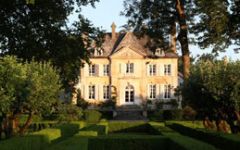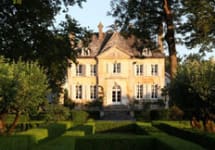Chandon de Briailles Corton 1997
-
Robert
Parker

Product Details
Your Rating
Somm Note
Winemaker Notes
Professional Ratings
- Robert Parker's Wine Advocate


At Chandon de Briailles, the vineyard management has been fully biodynamic since 2005 and organic since 1998. Claude's brother, Francois de Nicolay joined the domaine in 2001.
In the cellar, no enological products are used (except for sulfur in very small quantities), no tartaric acid, no exogenous yeasts, no tannin powder, no enzymes, etc. The Chandon de Briailles wines are quite unique in the fact that there is a negligible amount of new oak for aging and most wines are made with a whole-cluster fermentation. The domaine has cut back on its use of whole cluster fermentation since 2011 and adapts vintage to vintage. The Savigny-les-Beaune village is typically de-stemmed and the premier cru and grand cru will have up to 100% whole cluster in a sunny year (with good phenolic maturity). Fermentations start naturally a few days after harvest in open top cement tanks. Aging is carried out in used barrels (up to eight years-old) and the wine are bottled without fining or filtration. Claude likes to describe her wines as having 'no make-up', referring to the lack of new oak.
John Gilman (View From the Cellar) wrote: “This domaine is quickly becoming one of the very finest to be found anywhere in the Côte D’Or...these are great, classically styled, terroir-driven red and white Burgundies that age brilliantly, and are among the treasures to be found in the Côte de Beaune for those adventurous enough to try a few bottles.”

Celebrated as some of the best wine in the universe, red wine from Burgundy, otherwise known as red Burgundy, is Pinot noir. In fact Burgundy is the birthplace of Pinot noir and the source of the planet’s most sensual, delicate, valuable and sought-after Pinot noir wines.
Understanding and enjoying red Burgundy can stay simple, with a basic knowledge of its subregions, become more intricate by dialing down to the villages and vineyards or become a life-long passion, exploring climats (plots of vines), vintages and the post French Revolution land ownership laws. In any case, a fine red Burgundy will display refined nuances of black currant, red fruit, earth, spice, alluring floral aromatics and have great elegance, complexity and longevity.
Most famous, praised and collected of Burgunday are those from the Côte d'Or. Hundreds of millions of years ago, the area now called Côte d'Or was under a warm ocean whose sea floor has, over time, shifted and decomposed into various layers of limestone, sandstone and clay interspersed with ancient fossilized sea creatures. This is what is referred to as the famous escarpment upon which all of the highly sought-after Grands Crus and Premiers Crus vineyards can be found. In other words, from north to south, the best vineyards of Gevrey-Chambertin, Morey-St-Denis, Chambolle-Musigny, Vougeot, Vosne-Romanée, Flagey-Echezeaux, Nuits-St-Georges, Aloxe-Corton, Pommard and Volnay follow the path of this ancient sea bed.
